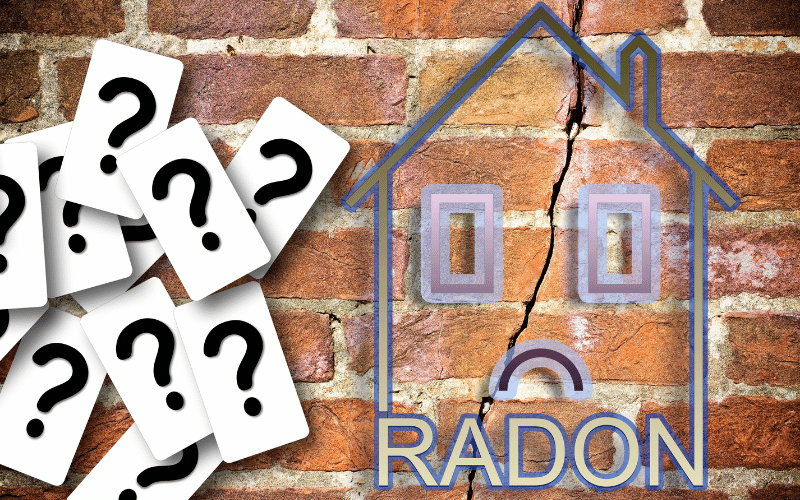Fact 8: The Damage Mechanism of Radon Decay

Radon doesn’t directly cause the harm we often attribute to it. Instead, its decay products, often called radon progeny, are the culprits. When radon breaks down, it produces radioactive particles. When inhaled, these particles can adhere to the lining of our lungs and emit radiation, which in turn can damage lung tissues and potentially lead to lung cancer.
Not all radon decay products are equally concerning. Lead-210 and Polonium-218 are among the most harmful progenies of radon. Their radioactive nature is highly ionizing, meaning they possess a considerable ability to displace electrons from atoms, leading to cellular damage. It’s this very characteristic that elevates the risks associated with radon exposure.
When radon gas decays, it starts a sequence of disintegrations, leading to the formation of several daughter products. Each decay is accompanied by the release of alpha, beta, or gamma radiation. Of these, alpha particles are the most dangerous when inhaled. Their heavy, positively charged nature can cause significant damage to DNA and other cellular components.(8)